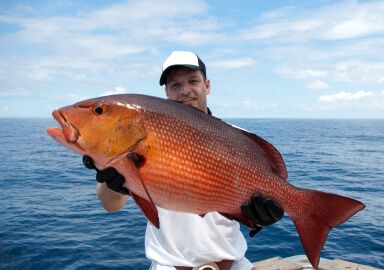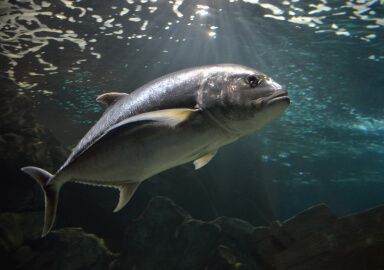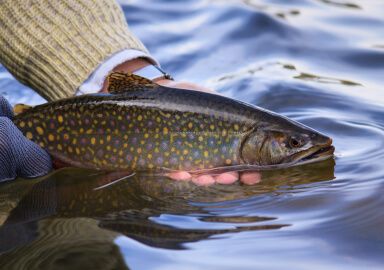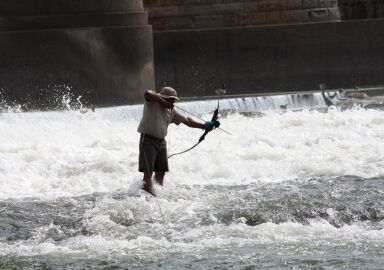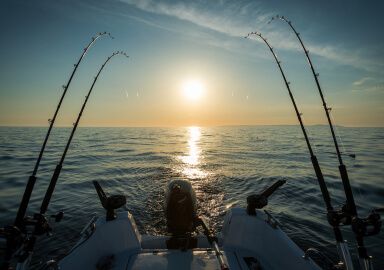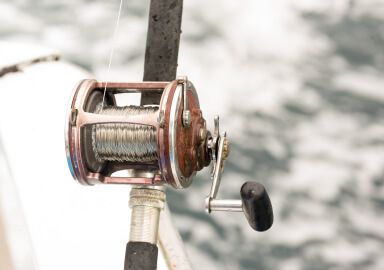Light Tackle
The term light tackle has different meanings for different anglers, from simply “not heavy tackle” to deliberately catching big fish on light rods, but in any case it shouldn’t be taken lightly.
View 454 listings
454
listings
–
price starting from
48
countries
259
fish species
–
to the nearest trip
About Light Tackle
Light tackle is a relative, wide, and controversial term. In the context of deep sea and offshore fishing from charter boats, light tackle is simply the opposite of heavy tackle: rods and baitcasters that are well below the 50-lb+ ultra strong gear designed for the biggest fish. Good captains always take light tackle to target smaller fish when marlin or tuna won’t bite, to add more flexibility, as light tackle is less demanding to depths and bottom configuration, and in general to be able to offer more options to their clients. Light tackle is especially useful for nearshore, inshore, and flats fishing, as well as for fishing around reefs and wrecks.
In the more general sense of the term, light tackle refers to rods, reels and gear that are used to deliver smaller lures or bait than is required for the biggest specimen of whatever fish species you’re targeting. Often, it implies giving up on the big fish in order to get more bait on the smaller ones, but not necessarily so. On many occasions, big fish that are too picky or “educated” to take full-sized lures will be tempted by a smaller one - just like, to borrow one author’s comparison, we people could pass on a steak, but can't fail to snatch a few peanuts or a chocolate.
Last but not the least, “light tackle” may refer to deliberately trying to catch fish using the line that is tested 3-4 times or so lighter than the weight of the intended prey. This applies to both freshwater and saltwater species, and adds a whole new dimension to the experience. More skill is required from the angler to land a big fish on light tackle, whether we’re talking about largemouth bass or grouper. You would need to fight the fish for a longer time, letting it go off with the line, and cautiously reeling it in as it stops, and repeating again and again as the fish is tired. On the other hand, it adds thrill and intensity, both as you can have a better feel of the fish as it struggles with you, and in the nervous tension knowing that the object of your desire may get away any moment.
Light tackle for catching big fish is not only about the line strength. Rod, reel, line, lead, sinker and lure must be in perfect balance and harmony to each other. The rod should have enough flexibility in its upper parts, and yet enough strength in the lower third. It’s important to have a reel with a lot of line capacity, as the fish may do quite a run for it, and to carry a supply of spare line: most experts recommend to change the line after each struggle with a really big fish, as the line may suffer invisible damage and won’t be as reliable. The lures shouldn’t be too big, to ensure proper casting; with light lures you may be sacrificing some of your casting range, and will probably need to focus on accuracy to make up for that.
When booking a trip listed as “light tackle” trip, it’s probably a good idea to make sure what exactly does the particular captain orguide mean by it. On most of the listings on BaitYourHook, however, “light tackle” is used in the sense of “not heavy tackle”, and stands for typical hand-held rods and reels, perfectly matched to take whatever fish you’re after.



